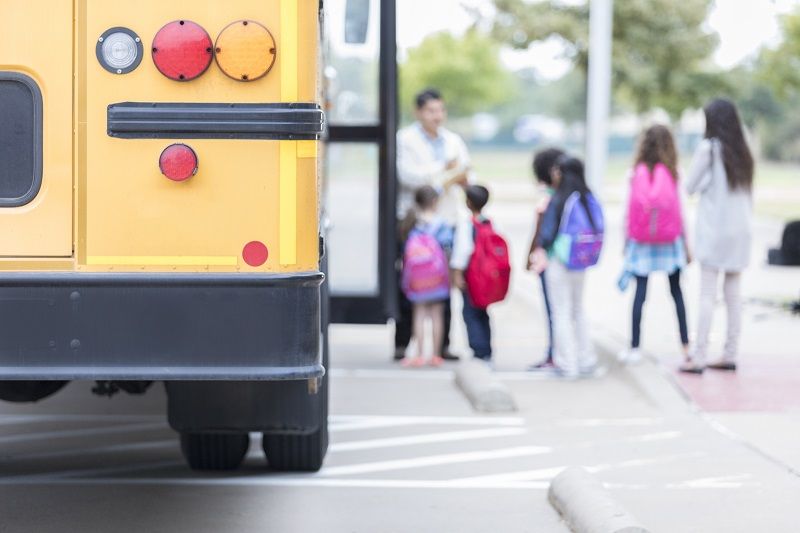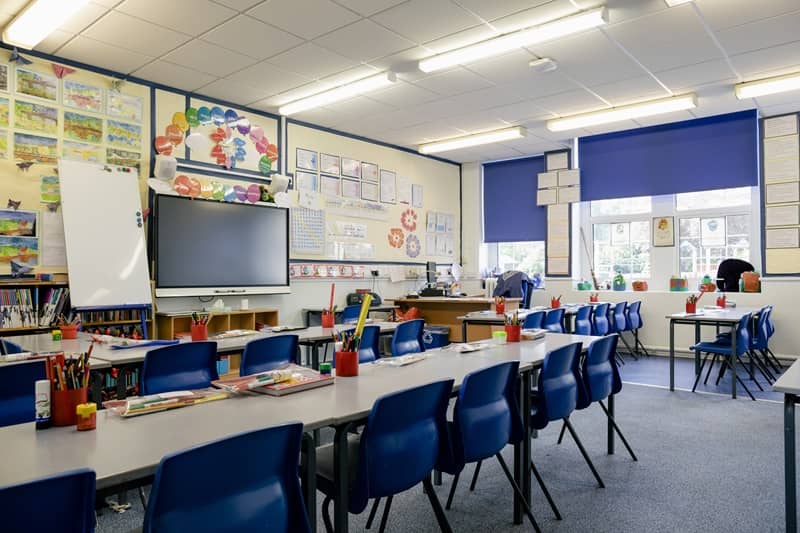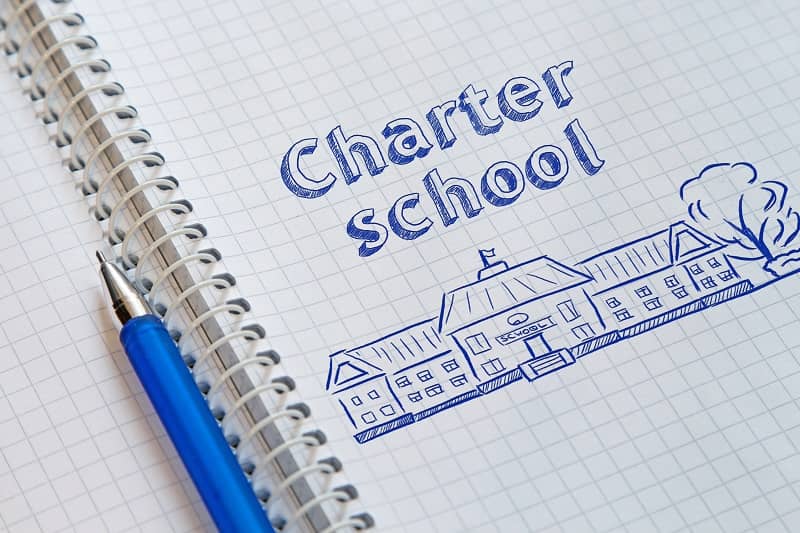The New York Times recently published a feature story about the closure of inner-city Catholic schools, as the Archdiocese of New York consolidates the school system to shore up its finances (“A Lifeline for Minorities, Catholic Schools Retrench,” June 20). Among the 26 urban schools to close this year is Blessed Sacrament in the Bronx, once attended by Supreme Court Justice Sonia Sotomayor.
“The worst thing is, these kids could lose their faith in the adults around them,” [Justice Sotomayor] said in an interview inside her old fifth-grade classroom. “Children need to feel secure. This makes it worse. These kids are going to carry this trauma with them for the rest of their lives.”
Justice Sotomayor’s emotions are shared by a generation of accomplished Latino and black professionals and public servants who went from humble roots to successful careers thanks to Catholic schools. But they fear that a springboard that has helped numerous poor and working-class minority students achieve rewarding lives is eroding as Catholic schools close their doors in the face of extraordinary financial challenges and demographic shifts….
“The Catholic schools have been a pipeline to opportunity for generations,” said Justice Sotomayor….“It gave people like me the chance to be successful. It provided me…with an incredible environment of security. Not every school provides that.”
It is no secret that a substantial hurdle faced by independent private schools across the country is raising the money to operate without charging tuition that could not possibly be paid by the families they serve. Generous voluntary, private support plays a large role in sustaining faith-based private schools. In many cities a majority of students in some schools do not even belong to the institutions’ faith; they and their parents simply crave the good education they offer. But as the situation in urban New York illustrates, modest tuition plus charitable giving are not enough to keep schools open in neighborhoods that need them most.
New York spends $19,000 in taxpayer money per student in the public school system. If children are failed by public schools that do not successfully educate them (as happens to many kids), parents have no “money back guarantee.” If parents want to choose a private school to make up for the deficiencies of the public system, they must pay out of their own pockets. If parents could control only a few thousand dollars of what the public system already spends on their child, they could afford tuition at most private schools.
Today, the school choice movement recognizes the outstanding job faith-based and other independent private schools do to provide a quality education to children who are routinely failed by public schools, especially in low-income communities. “School choice” legislation empowers parents like those in the Times article to choose whatever school serves their children best through options like education tax credits, educational savings accounts, and public scholarships (vouchers).
These options allow parents to control a small portion of the education dollars that would be spent on their child in public schools. If the goal of public education is to educate the public, it shouldn’t matter where the learning takes place. What matters is that every child learns.
As of 2012, 32 publicly funded school choice programs exist in 16 states and the District of Columbia, serving close to 250,000 children. Oregon does not have such a program yet, but the state has made incremental gains in increasing parental choice within the public system. Oregon has about 115 charter schools (including online options that are especially helpful to rural and special-needs students) and an inter-district transfer law that allows students to enroll in public schools outside their district of residence.
Educating children who are most in need has been a priority of Catholic and other private schools since a New York widow named Elizabeth Ann Seton opened the first free school for girls in the U.S. in Baltimore in 1808. More than six million children attend 34,000 private schools today. If The New York Times can praise Catholic schools for educating “a generation of accomplished Latino and black professionals”―and mourn the closing of those schools―hopefully it will soon take the next logical step. The Times should connect the dots between the dreams of millions of low-income parents like the Sotomayors and practical, constitutional legislation that helps parents choose “the springboard” to success that may be just down the street.
Kathryn Hickok is Publications Director and Director of the Children’s Scholarship Fund-Portland program at Cascade Policy Institute, Oregon’s free market public policy research organization. CSF-Portland provides privately funded scholarships to low-income Oregon children to attend the private, parochial, and home schools of their parents’ choice.











